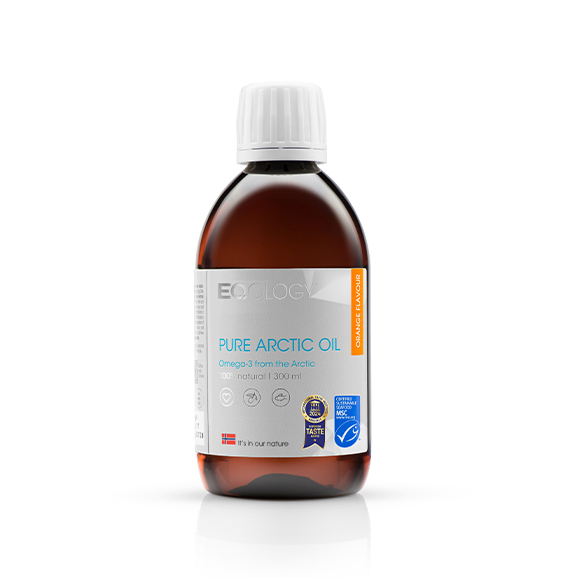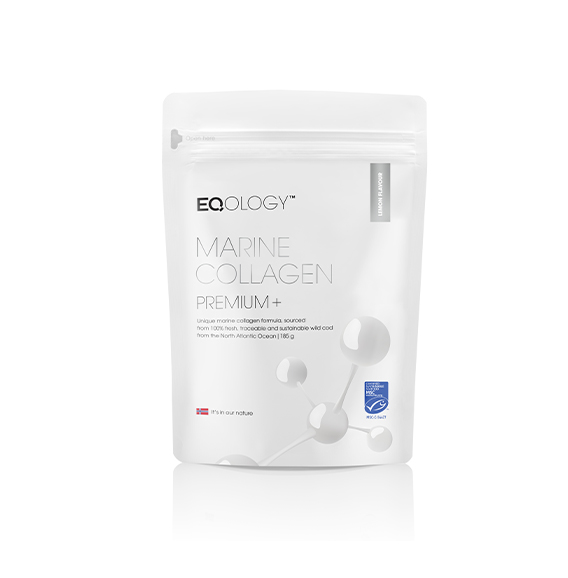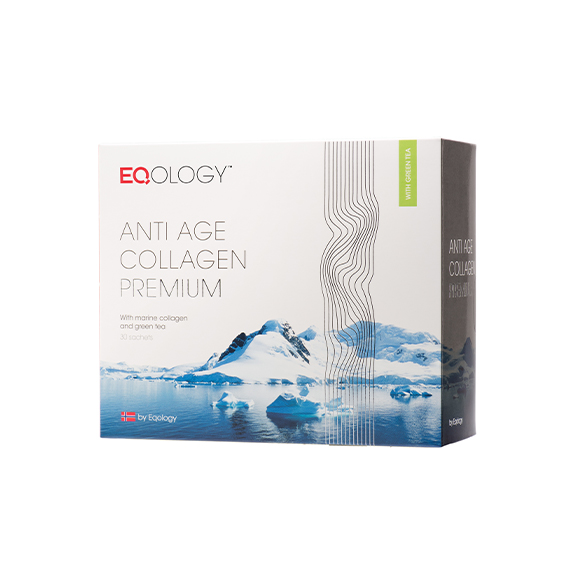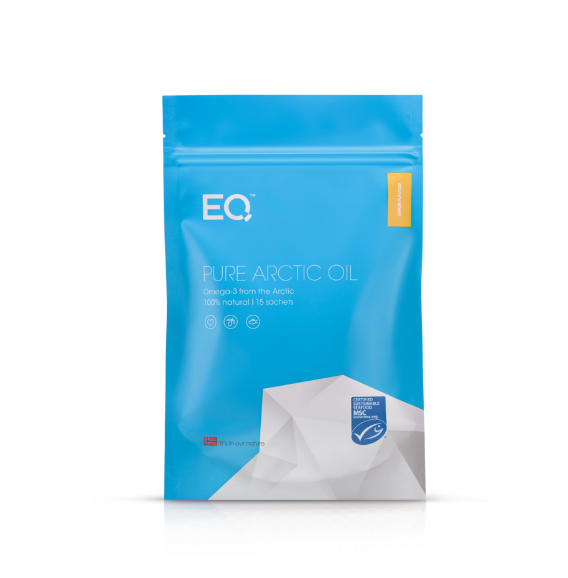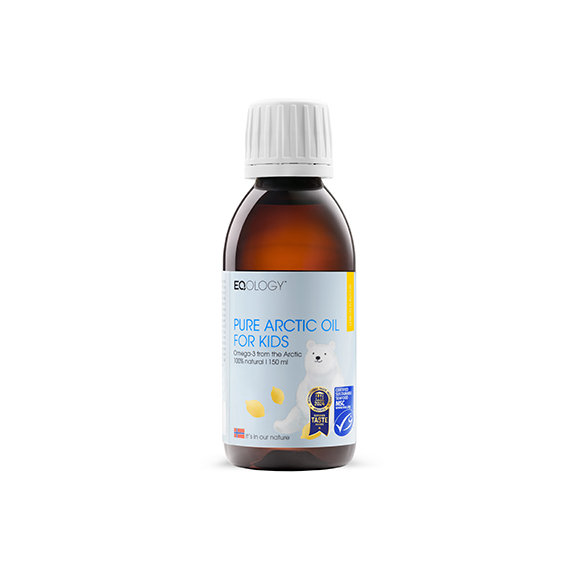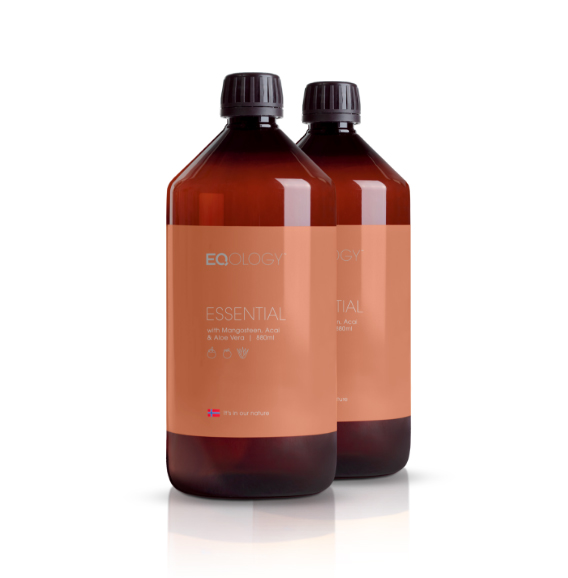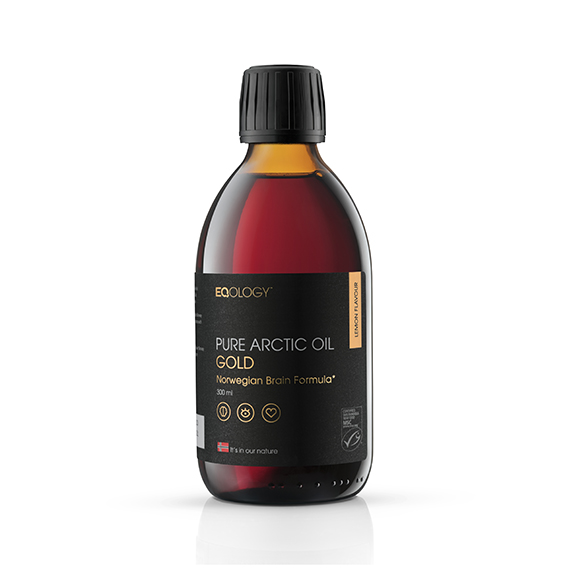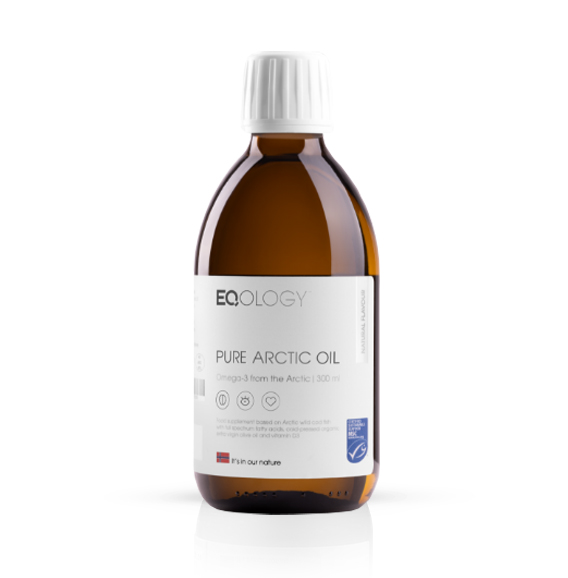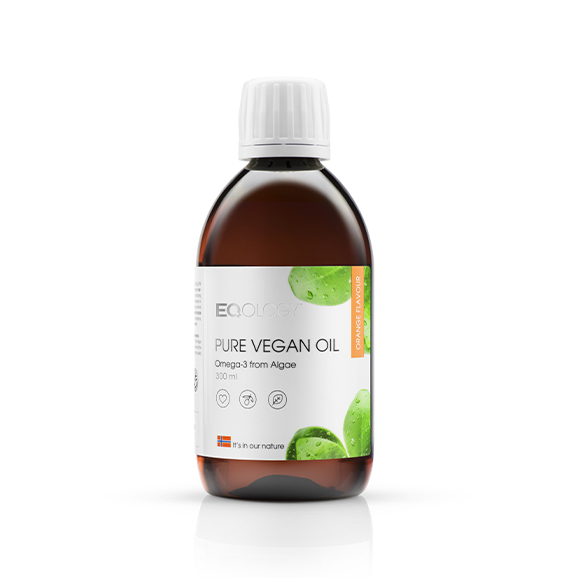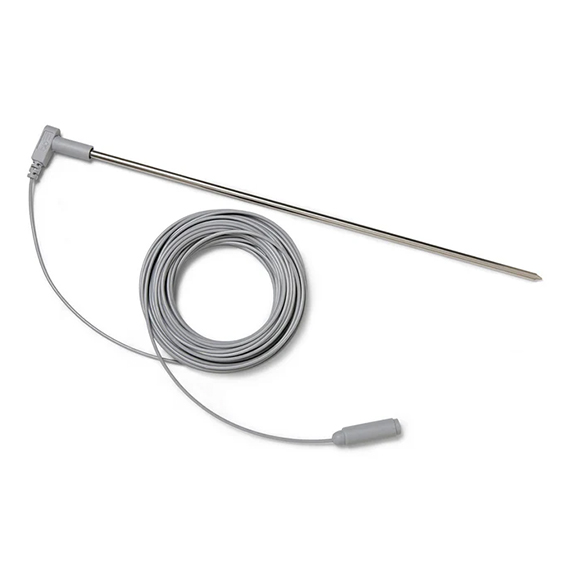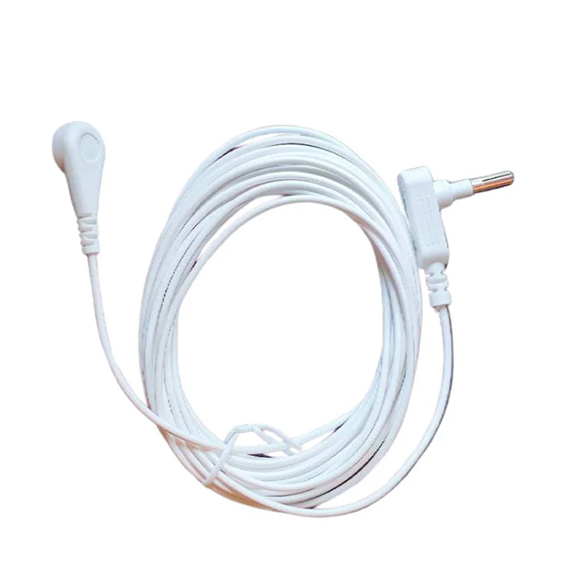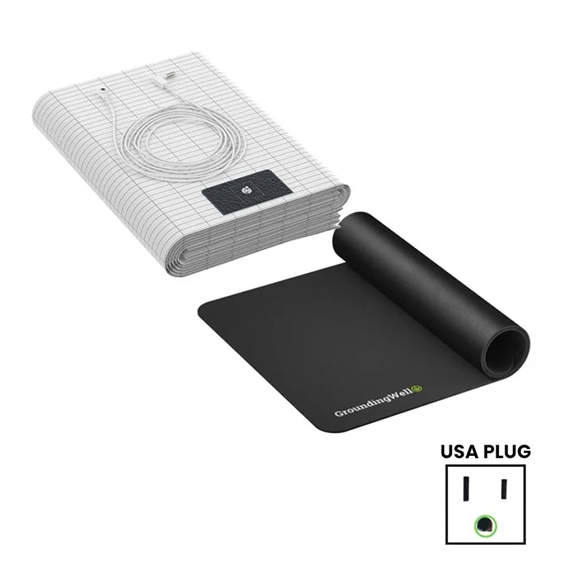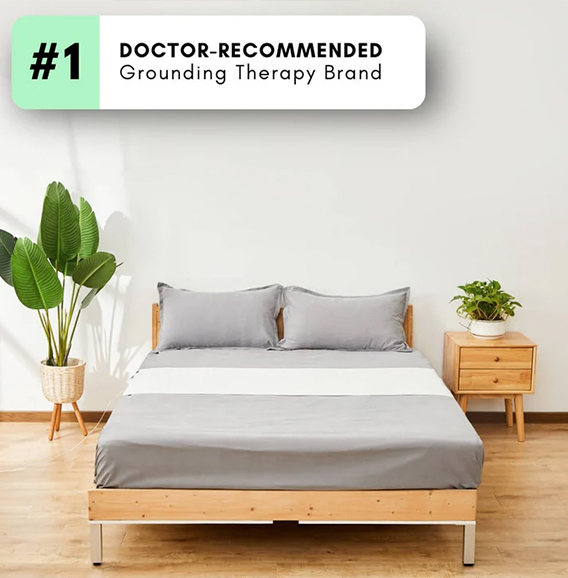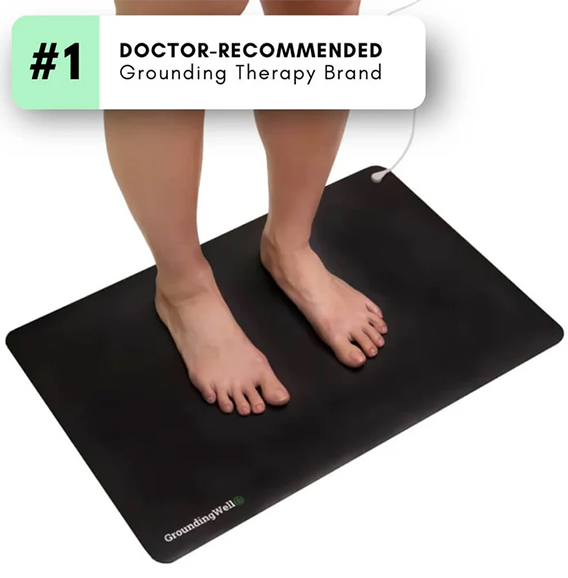Wound healing is a complex biological process that largely depends on an adequate supply of oxygen. One of the most important elements of this healing process is angiogenesis, the formation of new blood vessels. These vessels are essential for delivering oxygen, nutrients, and immune cells to the damaged tissues. When oxygen supply is impaired due to injury, infection, or chronic inflammation, healing can be significantly slowed down.
How hyperbaric oxygen therapy sessions in Hertfordshire support angiogenesis
What is angiogenesis?
Angiogenesis refers to the formation of new blood vessels. After an injury, the body needs to regenerate damaged tissues-and to do this, it requires a reliable blood supply that delivers oxygen and nutrients. If existing vessels are damaged or not functioning properly, this system fails. To address this, the body must build new vessels-like creating new roads to the repair site. This is where angiogenesis plays a crucial role in successful healing.
One of the most effective ways to stimulate this process is through oxygen therapy sessions. In Hertfordshire, patients undergoing oxygen therapy benefit from increased tissue oxygenation, which activates several key healing mechanisms:
-
Activation of Hypoxia-Inducible Factor (HIF-1α): Higher oxygen levels stimulate HIF-1α, a regulatory protein that signals the body to initiate the formation of new blood vessels. This process leads to the release of vascular endothelial growth factor (VEGF), a crucial molecule that supports the construction of new capillaries.
-
Stimulation of Collagen Production: Collagen is a fundamental protein in the skin and connective tissue. With increased oxygen availability during oxygen therapy sessions in Hertfordshire, fibroblasts—the cells responsible for collagen production—become more efficient, supporting faster tissue regeneration.
-
Enhanced Fibroblast Activity: Oxygen therapy stimulates fibroblast proliferation and activity. This boosts collagen production and helps form the extracellular matrix necessary for the growth of new capillaries.
-
Increased Capillary Density in Wound Tissue: Studies show that higher oxygen levels lead to better growth and maturation of capillaries. This improves blood flow in the wound area and accelerates healing.
-
Support for Immunity and Reduction of Swelling: An oxygen-rich environment inhibits bacterial growth and reduces inflammation. By minimizing swelling around the wound, oxygen therapy helps keep blood vessels open, further supporting effective tissue regeneration.
If you want to support the healing of wounds, injuries, or chronic inflammation, oxygen therapy sessions in Hertfordshire can be a valuable addition to your treatment plan. These sessions not only promote angiogenesis but also create a healthier environment in which your body can regenerate tissues effectively and safely.
Chronic Wounds and the Challenge of Biofilms
One of the biggest hurdles in treating infected wounds—common in diabetic foot ulcers and chronic wounds—is the presence of biofilms. These sticky layers protect bacteria like Staphylococcus aureus and Pseudomonas aeruginosa from antibiotics and immune attack. In Hertfordshire and beyond, HBOT has shown remarkable results by oxygenating tissues and disrupting these biofilms, allowing antibiotics to penetrate and work more effectively
Clinical Evidence
A number of clinical studies support the use of hyperoxygenation methods in promoting wound healing through angiogenesis:
- Another study in Diabetes Care (2003) demonstrated improved healing rates in diabetic foot ulcers with adjunct oxygen therapy, showing enhanced angiogenic response – https://pubmed.ncbi.nlm.nih.
gov/12610029 - A more recent review in Frontiers in Physiology (2020) confirms that hyperoxygenation can improve the microcirculation and stimulate wound healing at the cellular level – https://www.frontiersin.org/
articles/10.3389/fphys.2020. 00606/full - A study published in 2008 by Gordillo and colleagues in the journal Clinical and Experimental Pharmacology and Physiology evaluated the effects of local oxygen therapy (LOT) and hyperbaric oxygen therapy (HBOT) on the healing of chronic wounds –https://onlinelibrary.wiley.com/doi/10.1111/j.1440-1681.2008.04934.x



